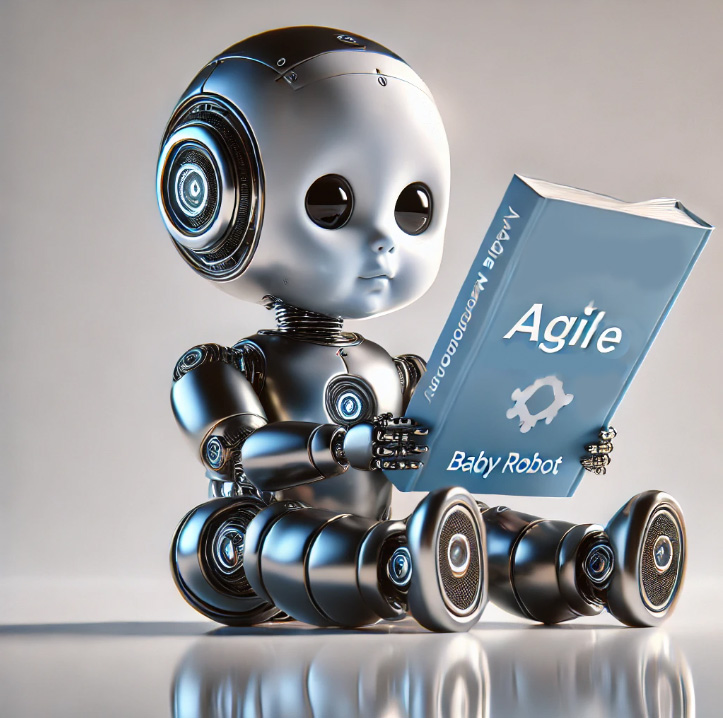Agile Artefacts

Epic: A large body of work.
Feature: A distinct piece of functionality within an Epic.
Story: A smaller, more granular unit of work.
It’s important to understand that the precise use of terms like ‘Feature’ and ‘Requirement’ can vary slightly between organisations. However, a general overview of how these terms are typically used in Jira and Agile development, along with their hierarchical relationships is as follows.
Hierarchy (Generally):
- Requirement: Can exist at various levels, detailing the necessary conditions.
- Epic: A large body of work.
- Feature: A distinct piece of functionality within an Epic.
- Story: A smaller, more granular unit of work (could be grouped by Feature)
Definitions:
- Requirement: (Not a default within Jira and would need to be added in depending on the company)
- A condition or capability needed by a user to solve a problem or achieve an objective.
- It can be a functional requirement (what the system should do) or a non-functional requirement (how the system should perform).
- Requirements can be associated with Epics, Features, and Stories.
- Epic:
- A large, overarching body of work that can be broken down into smaller pieces.
- Epics provide a high-level view of the goal.
- Feature: (Not a default within Jira and would need to be added in depending on the company)
- A distinct piece of functionality that provides value to the user.
- Features are typically smaller than Epics and they represent a specific capability within the larger Epic.
- Story (User Story):
- A small, independent unit of work that represents a specific user need.
- It’s written from the user’s perspective, typically in the format: “As a [user role], I want [goal] so that [benefit].”
- Stories are designed to be completed within a single sprint.
Relationship:
- Epics are broken down into stories and in some companies, groups of stories are referred to as features.
- Features represent a group of stories. A number of features can make up an epic.
- Stories represent the single pieces of work
- Tasks generally represents something which needs to be provided in a sprint to allow the story to be worked on.
- Requirements can be present at each level, providing the necessary details.
Key Considerations:
- Jira’s default hierarchy primarily focuses on Epics, Stories, and Sub-tasks. (No Requirements, No Features)
- The goal of this hierarchy is to organise work, facilitate planning, and ensure that development efforts align with business objectives.